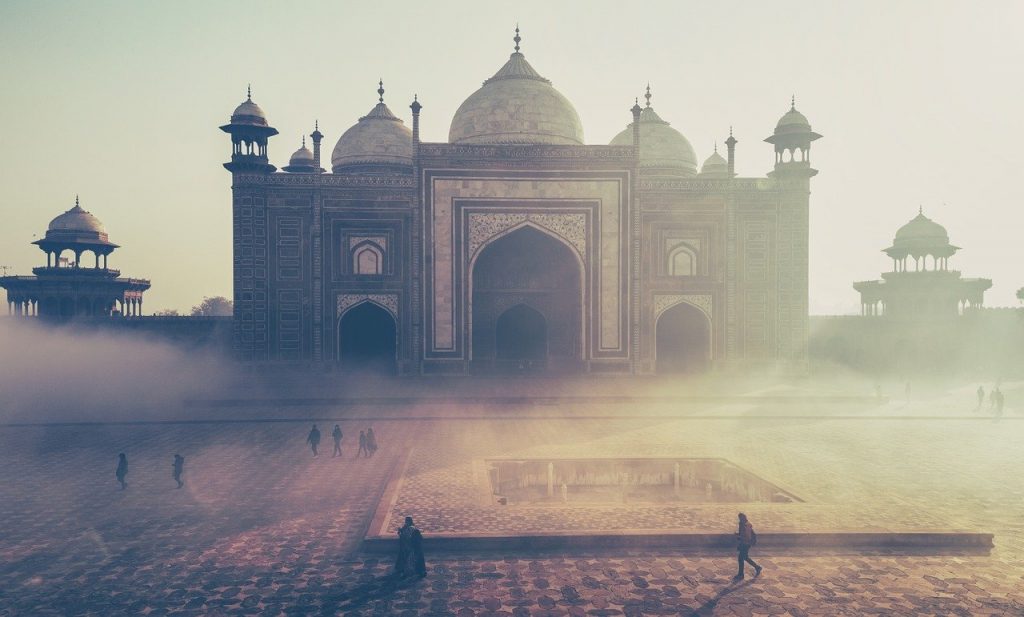Namaste and Yoga: Indian Traditions Kids Will Love
India is a land full of ancient traditions that are still practiced in everyday life. Two of the most famous traditions are Namaste and Yoga. These are not just polite gestures or exercises—they are meaningful parts of Indian culture and offer fun ways for children to learn more about respect, peace, and wellness.
What Does Namaste Mean?
When Indian people say “Namaste”, they join both hands together in front of their chest and slightly bow. It’s a respectful way of saying hello and goodbye. The word comes from Sanskrit and means “I bow to you.” This simple gesture is used with family, friends, teachers, and even strangers. It teaches children kindness, humility, and connection.
Showing Respect to Elders
In India, touching the feet of elders is a traditional way of showing respect. Children often do this to grandparents, teachers, and others to express honor and gratitude. In return, the elder usually places a hand on the child’s head and gives blessings. It’s a gesture that strengthens family bonds and teaches values like respect, patience, and appreciation.
Yoga: A Gift from India to the World
Did you know that Yoga began in India thousands of years ago? Today, kids and adults all over the world practice yoga to stay healthy and calm. Yoga is a mix of body postures, breathing, and mindfulness. For kids, it can be a fun and peaceful way to stretch, balance, and relax.
Popular yoga poses for kids include the Tree Pose, Cobra Pose, and Cat-Cow Pose. These movements not only help improve strength and flexibility, but also encourage focus and emotional well-being.
Learn More Through Language
As children learn about Indian culture, they can also begin to understand the Hindi words and phrases used during yoga and greetings. Saying “Namaste” or learning the names of poses in Hindi can be a playful way to build language skills. Platforms like Dinolingo offer fun and easy Hindi lessons for kids that help them learn through games, songs, and stories—all while connecting with the traditions of India.
